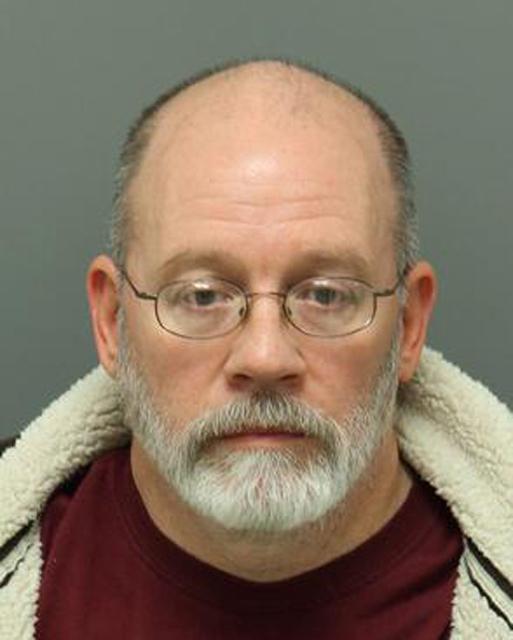4-H—which stands for its four focuses, head, heart, hands and health—is a national youth development program for ages 5 to 19. It’s supported by land grant schools and has been part of the outreach arm of the North Carolina State College of Agriculture and Life Science since 1909.
This year North Carolina is number one in the nation for the 4-H STEM program, which stands for science, technology, engineering and math, with more young people participating in STEM programs than any other state. Out of the 6.5 to 7 million students that participate nationally, 237 thousand are from North Carolina alone.
4-H began in the early 1900s in Ohio and Mississippi, when the U.S. Department of Agriculture tried to convince farmers to plant hybrid seed corn. Having no luck with older farmers who tended to stick to what they knew, the USDA began to host “Corn Growing Clubs” for young boys to compete to see who could grow the most and best-quality corn. They gave them the hybrid seed to compete with, which many farmers switched to after seeing their sons’ success.
These clubs soon expanded to have a female counterpart, called “Tomato Canning Clubs” which the USDA used to promote safety in food preservation practices.
These two clubs were eventually combined into 4-H, which was initially a rural youth development program, but over the years it has expanded to urban areas as well. The goal of 4-H is now to inspire youth to be citizen leaders, which means that it focuses on education and giving kids a strong base in different subject matters, including science, which they teach through STEM classes.
“We take the scientific knowledge of the University… and we translate that into practical lessons young people can use,” Marshall Stewart, associate director of N.C. 4-H said.
STEM does this by allowing students to observe many of the processes they are studying through experimentation.
“Our science programs are used to bringing science to life for kids in the classroom – it’s all hands on, it’s experiential, and it’s a lot of fun,” Mitzi Downing, extension assistant professor for 4-H and STEM program specialist, said.
For example, students can take a class on embryology and will study the life cycle of a chicken, learning to take care of eggs in an incubator and observing the developing chicks inside with flashlights.
“And, of course, at the end of the cycle they hatch, and so they get to see the whole life cycle being presented,” Downing said.
Other examples of hands on programs are the “Magic of Electricity” class where students learn about and build basic circuits, filmmaking and editing classes, and Project Butterfly W.I.N.G.S (Winning Investigative Network for Great Science) where students care for hatching butterflies while collecting data in order to learn about insects.
4-H STEM programs can be implemented in schools, clubs, 4-H clubs, online or at home with parents.
“We’re what you call ‘non-formal education,’ so we can deliver anytime, anywhere, anyway,” Stewart said.
Because the projects are so open, the STEM program often teaches by letting the kids experiment on their own. For example, in the “Power of Wind” class, students learn about wind as an energy source by building models and eventually design their own wind-powered craft through trial-and error.
“They can make mistakes —I think that’s probably one of the greatest things about 4-H,” Downing said. “Failure is always an option, and it’s okay to fail, because that’s how we really learn. And then we get to recreate our craft and make it better.”
4-H robotics has also really taken off in the last few years. The class is called “From the Junk Drawer,” and kids learn to build robots from Legos and basic objects they can find in their house. If they continue far enough in the robotics program they even begin to learn programming languages, can program their robots from their computers, and can participate in robotics competitions.
4-H is always adding new classes as subjects are researched at land grant universities like N.C. State, and they incorporate their knowledge into the program.
“It’s kind of endless—there are always new and cutting-edge things,” Downing said. “I think one of the most exciting things we have going on right now is that we are working on a biofuel piece… We’re developing with EXON a curriculum that can be used across a bunch of different grades to introduce biofuels.”









